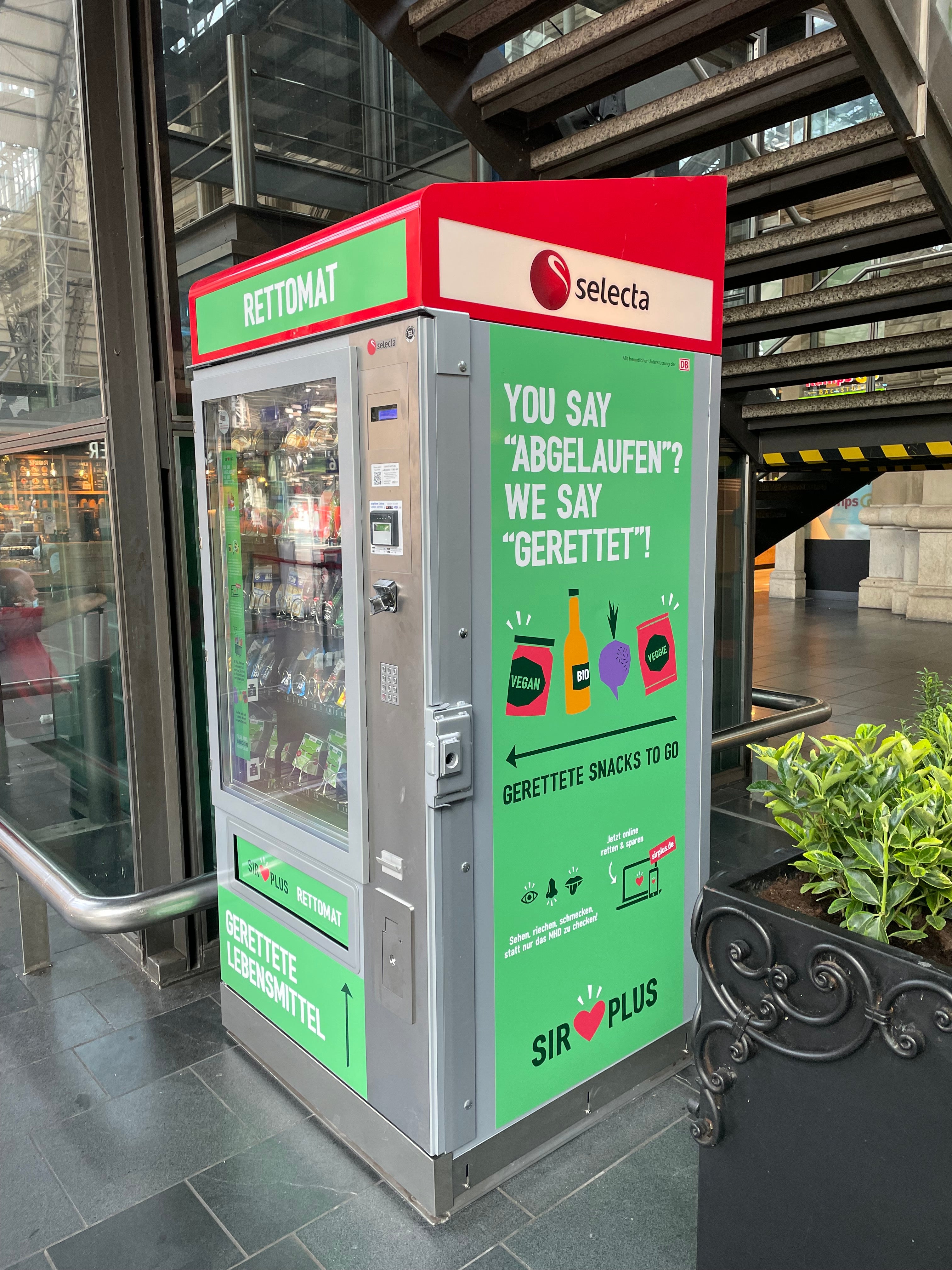Perhaps you've already received mail from us? Every now and then, we send actual, printed letters to our customers. Besides a lot of positive feedback, we also sometimes receive criticism regarding the sustainability of this approach. Here you can read why we consciously choose to communicate with our customers by mail, what figures actually underlie the environmental criticism, and why emails aren't as sustainable as we believe.
A letter says more than a thousand words.
You know the feeling: After a long day, you come home, open the mailbox—and are delighted to find not a bill or boring official mail, but a letter from a friend! These days, communication has almost exclusively moved online. That makes it all the more wonderful to hold printed or handwritten words in your hands. The effort involved is simply different from typing a text message or email.

Reason 1 why we send mail: our message
We send letters because they are more personal, address you more directly, and offer added value that you can not only read but also feel and use. We invest a great deal of energy and time in delivering printed words right to your mailbox. We choose a letter as our means of communication when we can offer you something special, be it a special voucher or an infographic created just for you that you can share or display on your refrigerator.
Reason 2 why we send mail: the impact
You know our mission: Together with you, we want to rescue even more food to achieve the greatest possible impact! With a direct letter to you and other food rescuers, we're providing more direct and targeted motivation to continue protecting the environment and doing good. Numerous studies have shown that mailings are a far more effective way to deliver messages and give away vouchers. And what does that mean? Even more rescued food, even more CO2e saved!
Reason 3 why we send mail: sustainability
The fact is that a letter, through its paper, ink, and transport, generates an average of approximately 25 grams of CO2e. This balance can be positively influenced, for example, by greener transport methods, something Deutsche Post is already working on with its fleet of climate-friendly electric vehicles and has set itself ambitious goals.
In contrast, sending an email only produces 10 grams of CO2e, but emails are sent much more frequently. So it's the cumulative effect that matters!
Reason 4 why we send mail: appreciation
Ultimately, one letter leads to us saving even more food together. The resources for producing, growing, and transporting this surplus food have long since been used up. Its value is preserved by ending up in your stomach. The CO2e emissions of 500 letters, for example, are offset by just one kilogram of rescued coffee – which would otherwise have ended up in the trash. This indirect (awareness of food waste) and direct appreciation (saving food) arises thanks to our exchange – and our letter to you.
Conclusion: How sustainable is postal mail really?

Yes, letters produce more CO2 emissions than emails. But: First, their carbon footprint can be improved. Second, it simply makes sense to send fewer letters! That's why we only choose this method of communication a maximum of twice a year. Third, mail pays off through its impact: The CO2e emissions of a letter are already offset if one customer saves eleven products! That's roughly equivalent to half of an average vegetarian or organic vegan box! If we save more food thanks to a letter to you, our customer, we all win, including the environment.

Sources:



